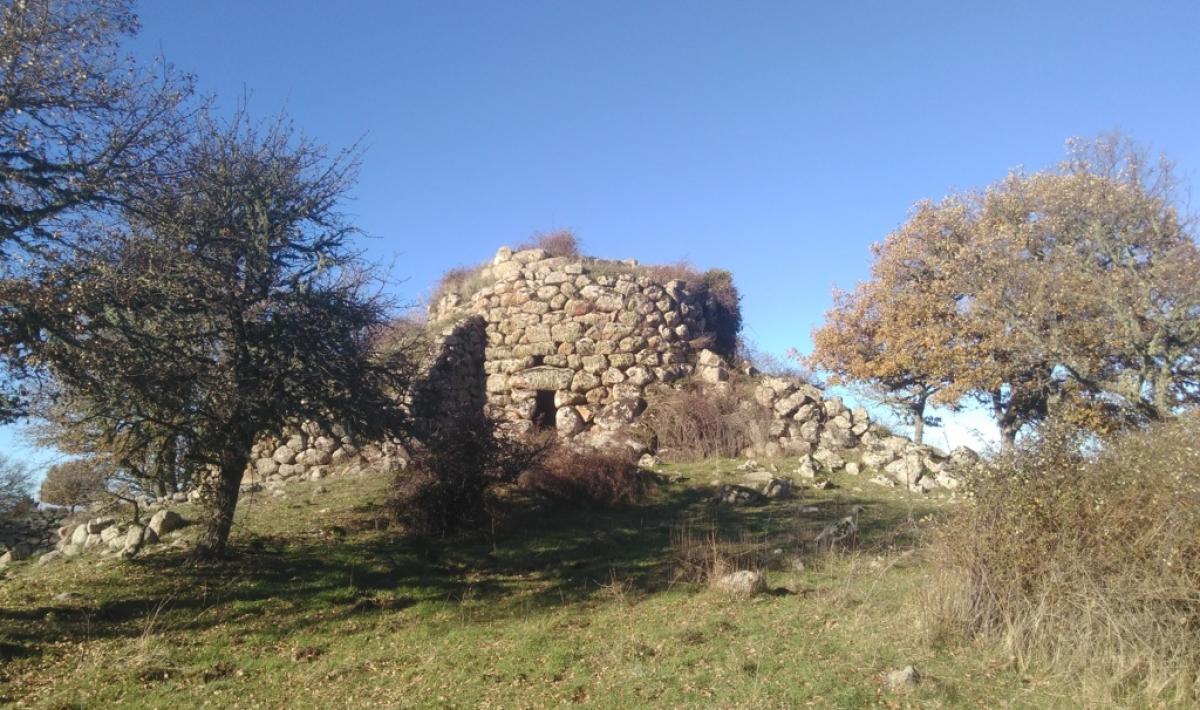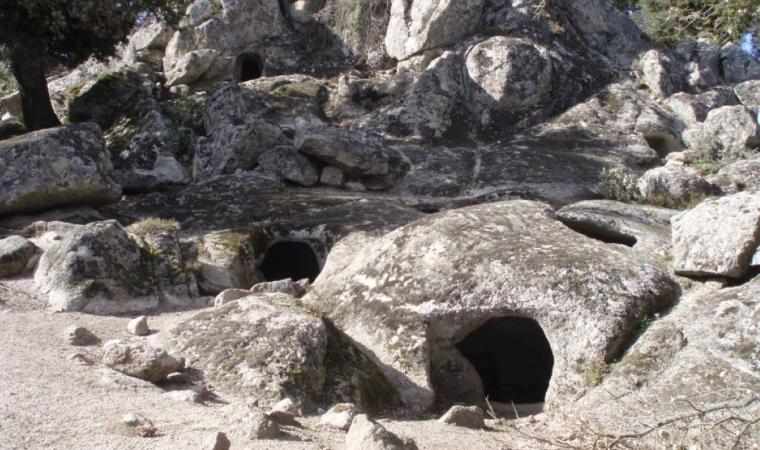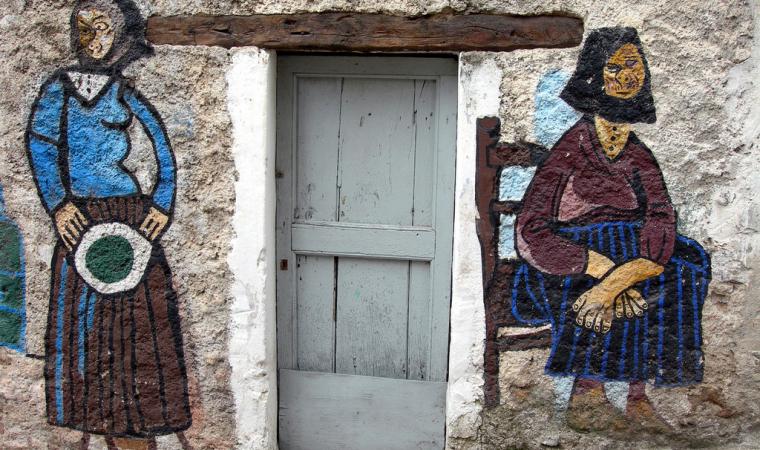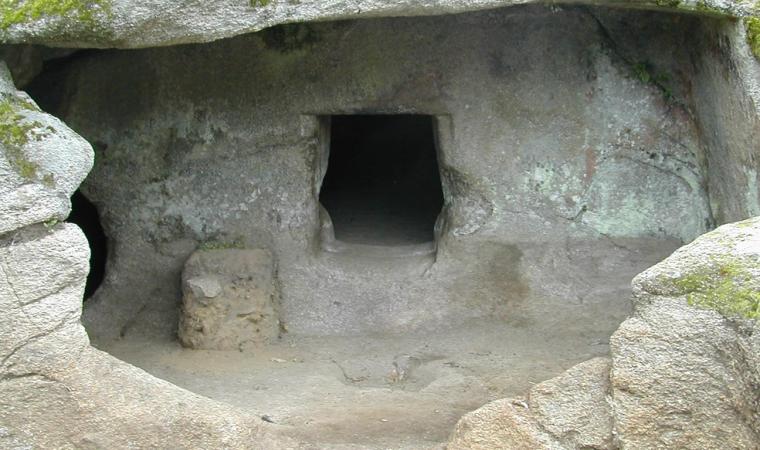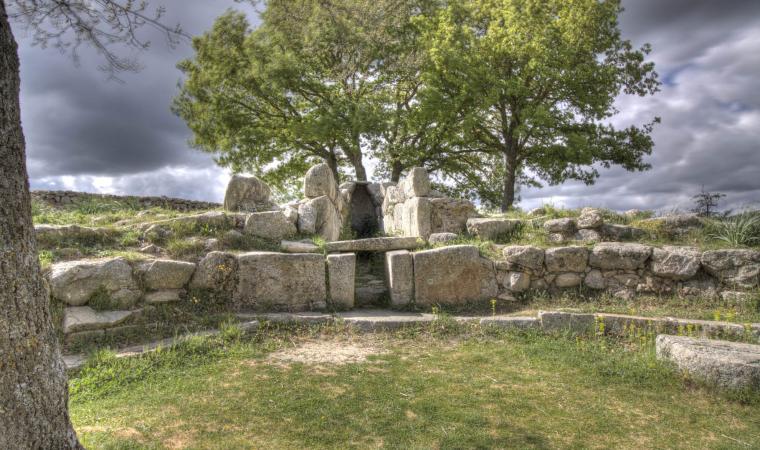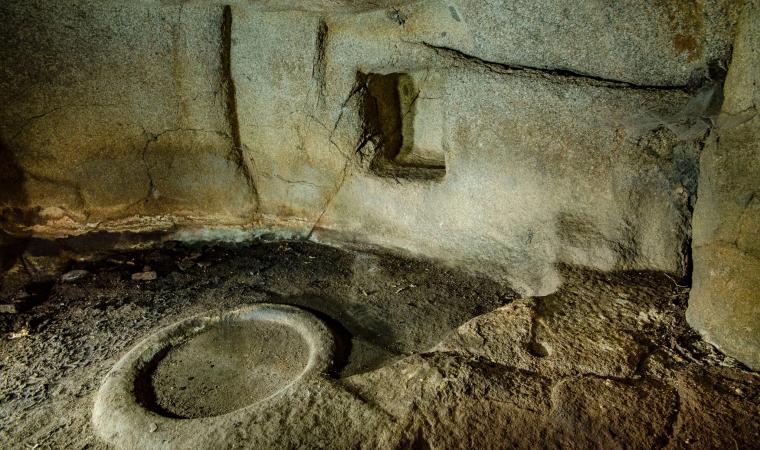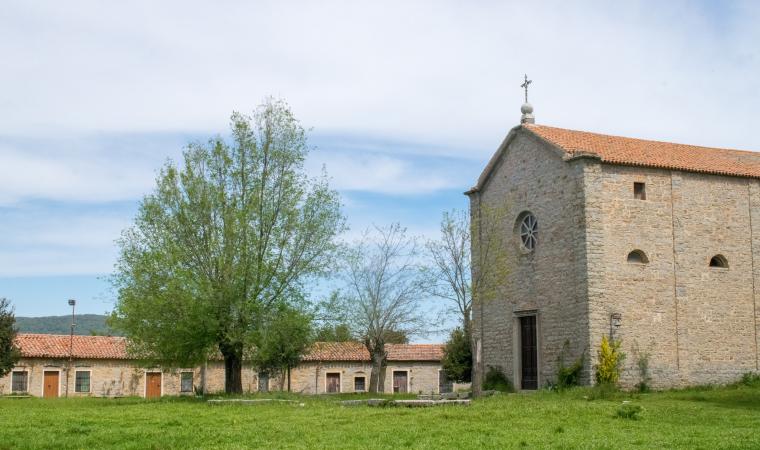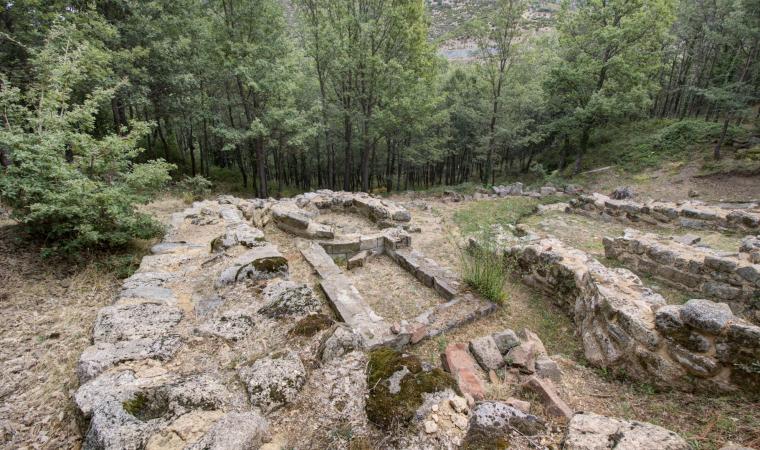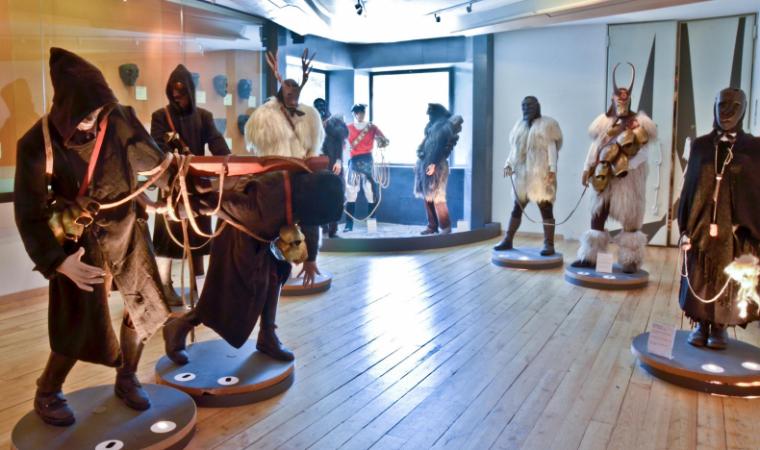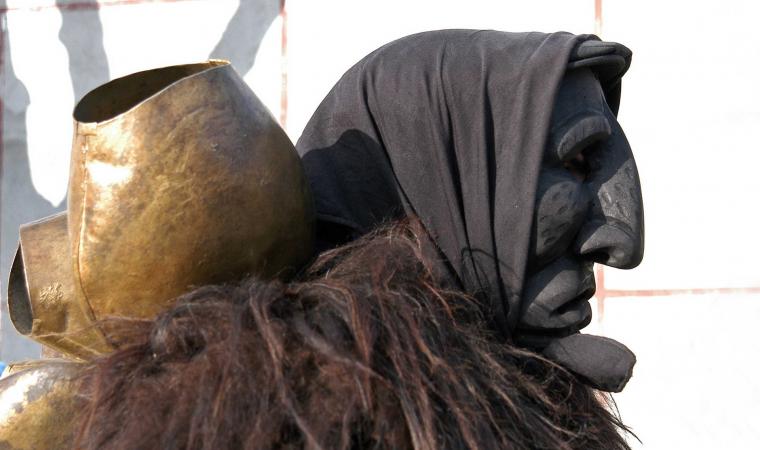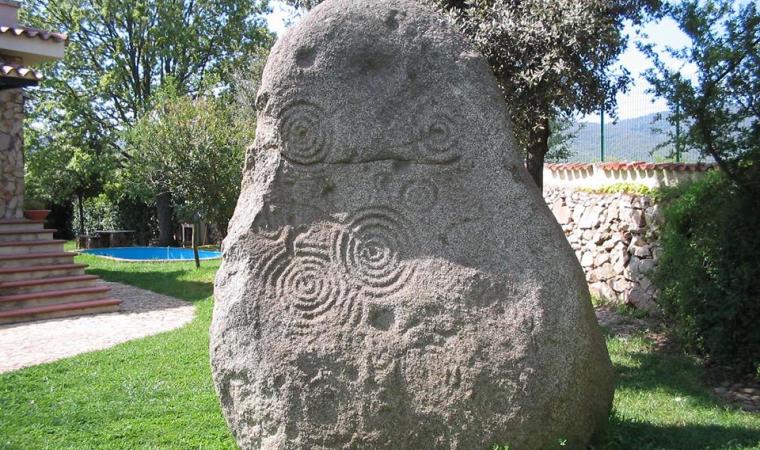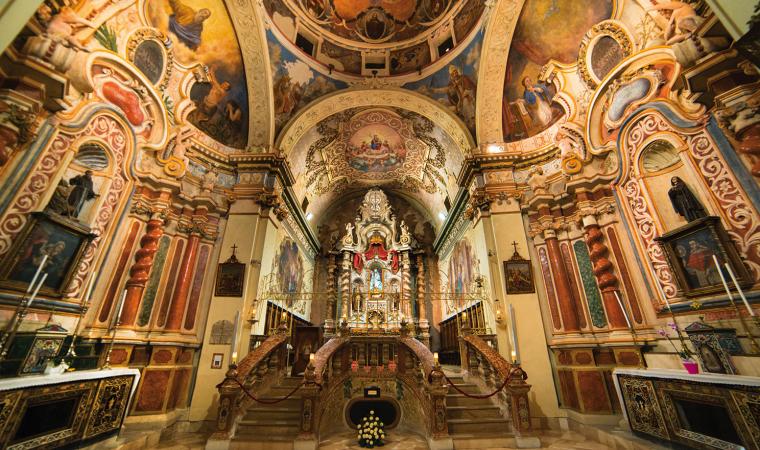It stands in a strategic position, taking advantage of the form of the granite rocks, dominating the Pratobello plain, with a village of extraordinarily large huts next to it. The nuraghe Dovilineò – also called Duvilinò – stands on a rocky outcrop about ten kilometres from Orgosolo. It is a mixed type of nuraghe, meaning that it has characteristics of both a corridor nuraghe (or proto nuraghe) and the later complex tholos nuraghe. The fact that it was built using natural rock would explain the reason for its unusual structure. The construction material was of course granite, obtained locally in square blocks of considerable size.
The fortress consists of a central tower with corridors, the residual height of which is about twelve metres, and three secondary towers around it. The architraved entrance leads into a covered corridor with a flat arch. On the left side of the passageway, there is a tunnel that leads to a well, made with rows of small stones and with pointed arch roofing, almost two metres deep. From an opening on the right, you can enter the main room, which has an elliptical layout and a niche, and another corridor that leads to the upper level via a spiral staircase.
Two of the three secondary towers are covered in rubble due to collapses, while the third, the western tower, has a curious structure: on the south side there are two corridors that lead to the same room, while a third corridor starts on the opposite side and opens onto the north side of the tower. The defence wall starts from the western tower, which extends until it closes the entire area in front of the main entrance. All around the building, especially on the southeastern side, there are traces of huts belonging to a village. You will be surprised by the diameter of some of them, which even reaches around ten metres.
After visiting the nuraghe, we return to the village: Orgosolo is a stop not to be missed, for its murals, the Canto a Tenore (typical Sardinian polyphonic folk singing), its food and wine and the spectacular landscapes of its Supramonte. Its territory contains other gems dating back to the Bronze Age: the most famous building is the nuraghe Mereu, surrounded by the forest of Montes and ‘overlooking’ the gorge of Gorropu. A few hundred metres away stands the single-tower Presethu Tortu, while one of the oldest holm oak forests in Europe is nearby. It is the thousand-year-old forest of sas Baddes, ‘watched over’ from above by the natural monument of Monte Novo San Giovanni.

